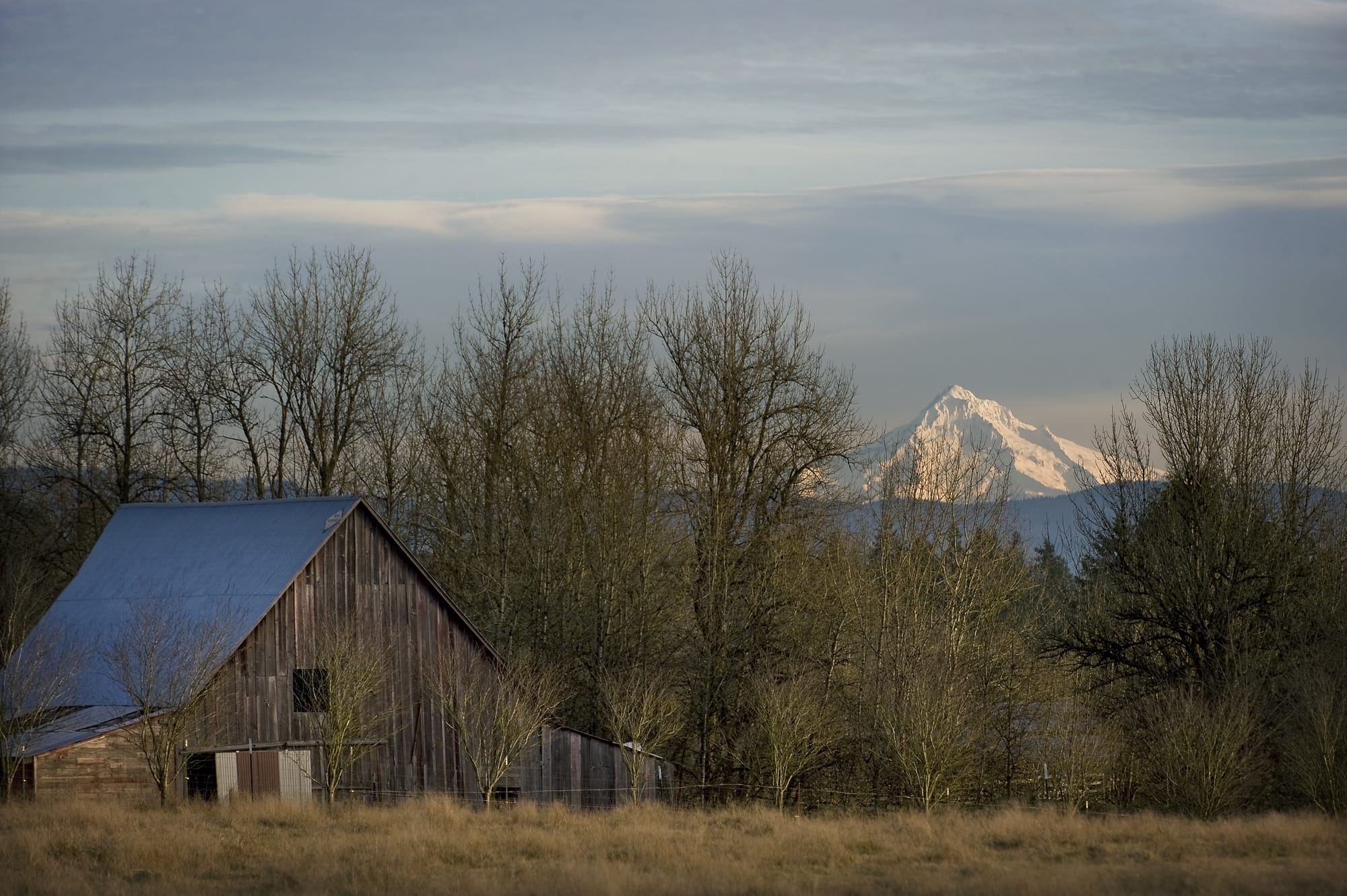From vantage points all around Clark County, the white volcanic peak of Mount Hood can dominate stretches of the horizon.
Now geologists are getting a better idea of what’s going on below the snow-shrouded landmark, and how to warn scientists when it might erupt next.
A study published this week suggests that there is a pool of magma 4 or 5 kilometers under Mount Hood. The chilled magma has been there for thousands of years, but it could be heated to an eruptive state surprisingly quickly — perhaps in the span of a couple of months.
Adam Kent, a geologist at Oregon State University, likened the magma pool to a jar of peanut butter sitting in the refrigerator.
“It’s relatively cold for magma: 700 to 750 degrees Celsius,” said Kent, a co-author of the study published this week in the journal Nature. That’s about 1,380 degrees Fahrenheit. “When magma is that cold, it’s hard to make it move.
“That goes against some classic images of volcanoes, sitting above a boiling vat of magma,” Kent said. However, “When you do mobilize it, it happens very quickly. Some hot magma from below heats it, and that’s when the volcano erupts.”
It takes an increase of just 50 to 75 degrees to make the magma much more mobile. That process triggered Mount Hood’s last eruption in about 1794, as well as the previous eruption about 1,500 years ago.
Oregon State collaborated with the University of California, Davis on the study; UC-Davis geochemistry professor Kari Cooper was a co-author on the Nature article.
The research included documenting the age of rock crystals through the rate of decay of naturally occurring radioactive elements.
“What we found was that the magma has been stored beneath Mount Hood for at least 20,000 years — and probably more like 100,000 years,” Kent said. “And during the time it’s been there, it’s been in cold storage — like the peanut butter in the fridge — a minimum of 88 percent of the time, and likely more than 99 percent of the time.”
Modern technology should be able to detect when magma is beginning to mobilize, Kent said, which might warn of a potential eruption.
“Monitoring gases, utilizing seismic waves and studying ground deformation through GPS are a few of the techniques that could tell us that things are warming,” he said.
“Mount Hood is pretty well monitored, in terms of seismic stations which can measure quakes,” he said. “At Mount St. Helens in 1980 and 2004, the first indication that something was going on was earthquakes beneath the volcano.”
The magma-mixing process that triggers Mount Hood eruptions is not as destructive as the volcanic activity associated with Mount St. Helens, Kent added.
“Mount St. Helens had a nice peak, and it was blown off,” Kent said.
Instead of exploding violently, the Mount Hood magma tends to ooze from the top of the peak.
It’s similar to “what happens when you squeeze a tube of toothpaste in the middle,” Kent said. “A big glob kind of plops out the top, but in the case of Mount Hood, it doesn’t blow the mountain to pieces.”
There is another notable aspect to Mount Hood’s next eruption: We probably won’t see much of it from here. The next eruption probably will happen — from our Vancouver-area perspective, anyway — on the back side of the peak.
“The two most recent eruptions were on the south side of the summit,” Kent said. “The next eruption will probably be on the south side, near the summit.”




